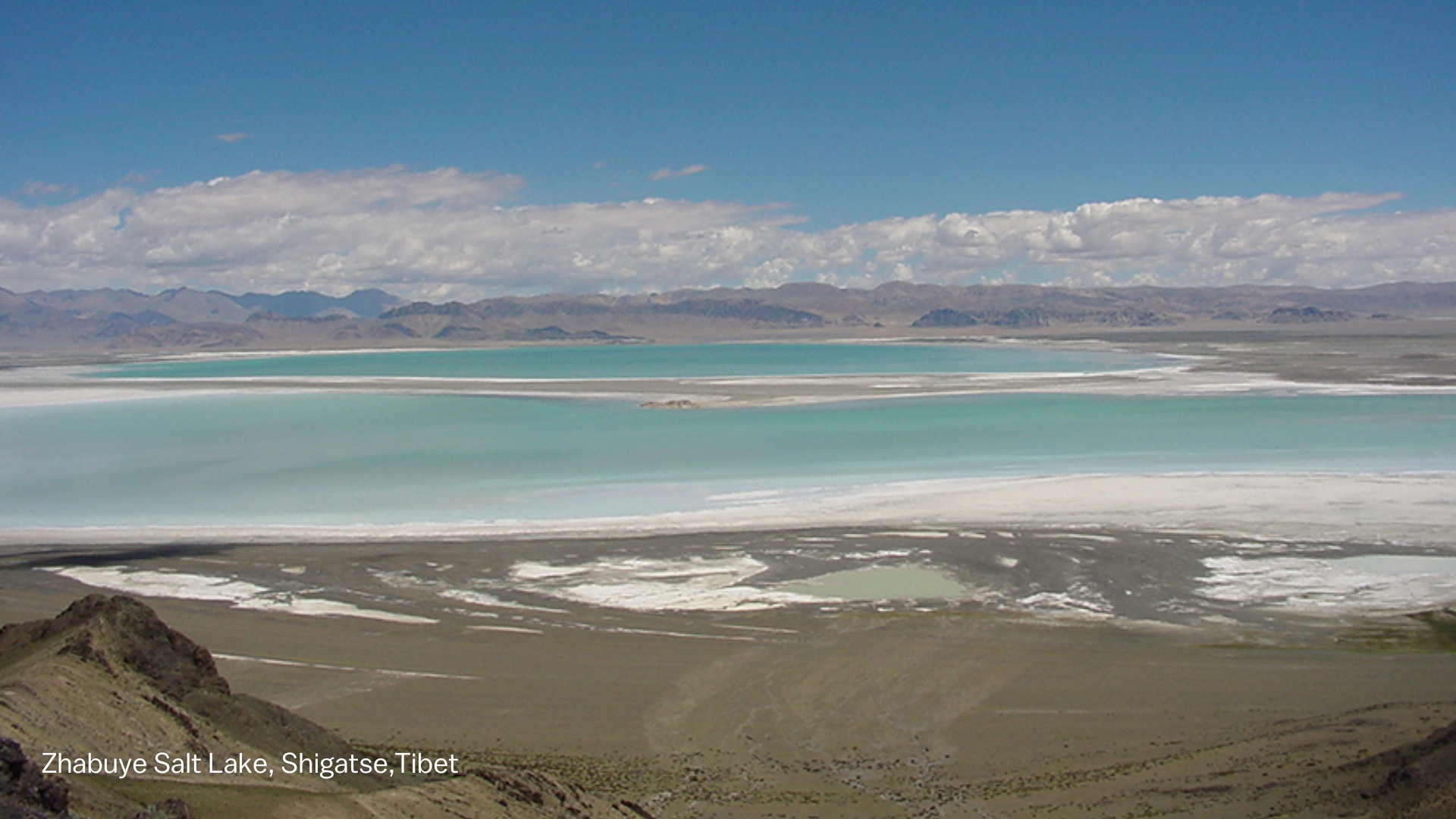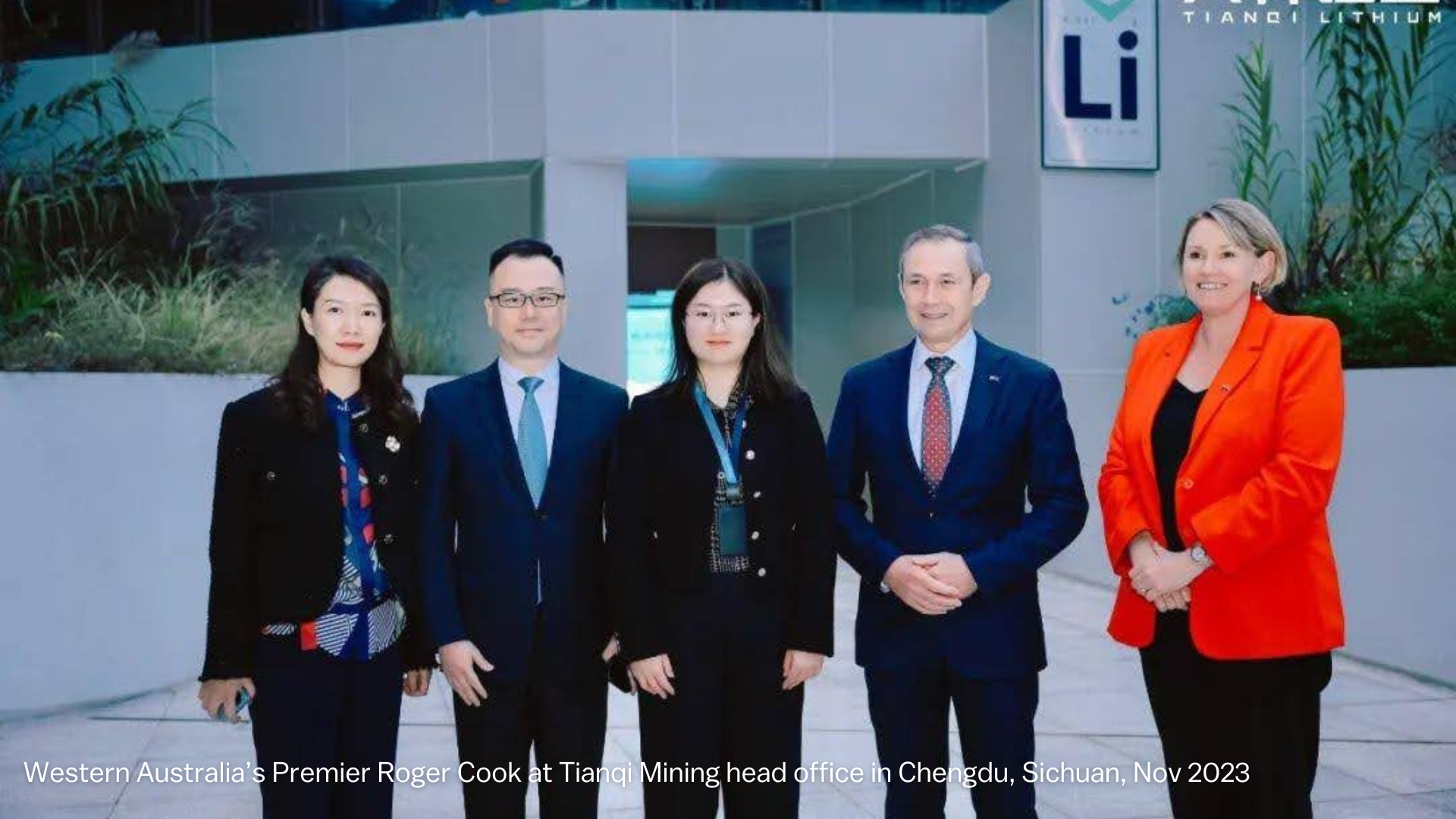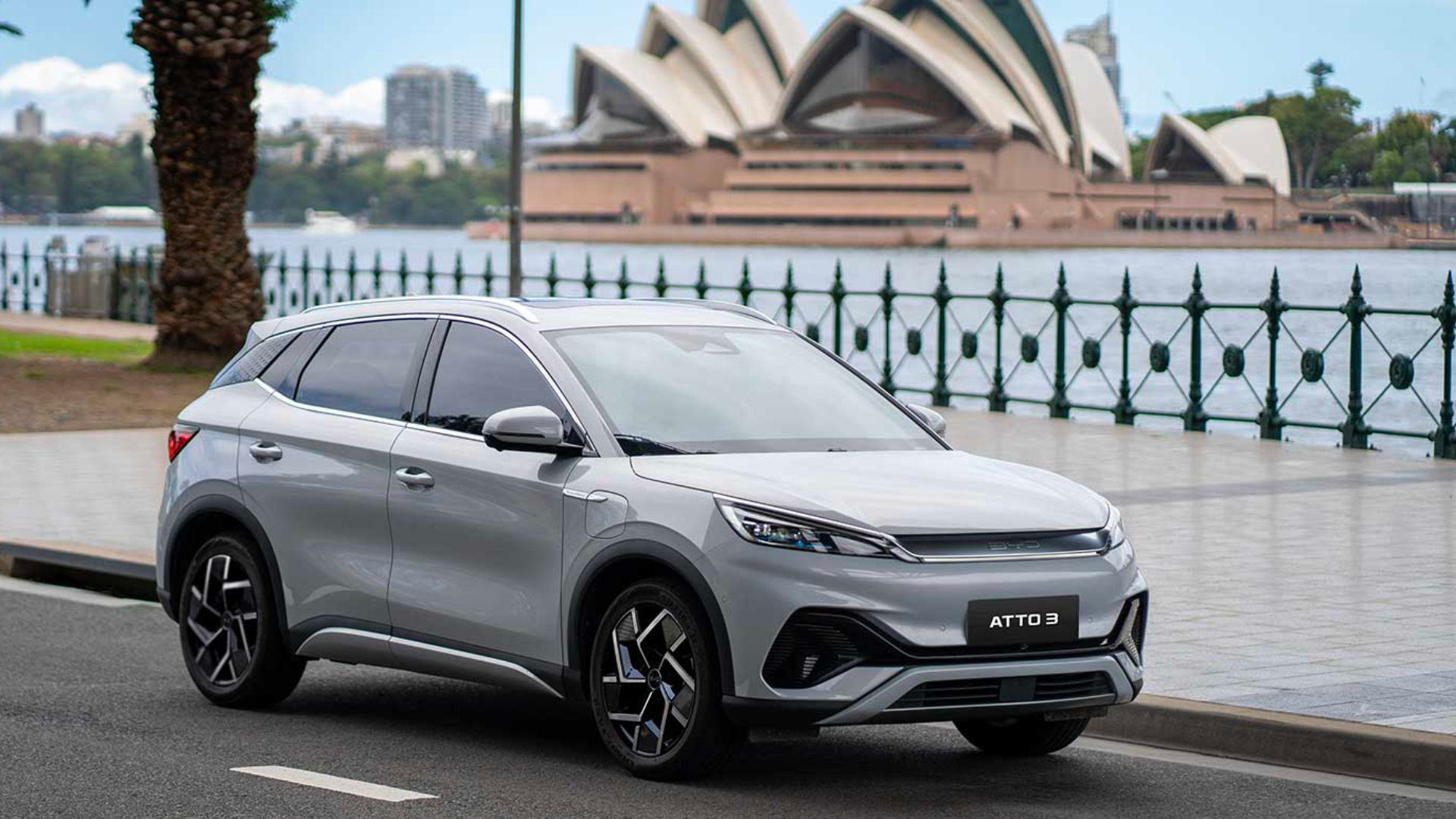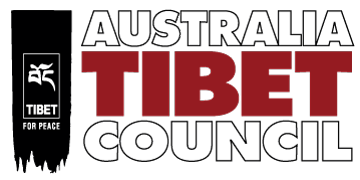Linked by Lithium
By Gabriel Lafitte
Seldom does there seem to be much direct connection between Australia and Tibet.
Yet now the land of snows and land of sweeping plains are linked by China’s plans to dominate global production of electric cars, powered by lithium batteries. So hungry is China for lithium, it is now reaching further into the mountains of Kham and Amdo, into West Australia and Northern Territory, for hard rock lithium mined from one specific mineral: spodumene.
In WA and NT, indigenous communities and environmentalists are alarmed that the transition to a decarbonised world in reality means more and more mining, not exactly the “green energy” transition we expected. Traditional owners and biodiversity campaigners in outback Australia are beginning to speak up.
Is this a moment when Australian Tibetans, and Australian Tibet supporters, might join in the story telling?
Tibetans in Tibet have no opportunity to speak up, and are arrested even if they quote China’s environmental protection laws. Tibet supporters in Australia can speak. Carers for country in the Pilbara, NT Finniss River and WA deep south might be interested to discover that whether it is Kham, Amdo, WA or NT, it’s the same Chinese mining companies doing the mining, processing and shipping of semi-processed lithium rock to China, to made into batteries powering electric cars sold worldwide.

China’s growing exploitation of rock lithium is a story worth diving into.
Who are the key players? How do the linkages work? Both in Tibet and in Australia, such information is not hard to find, as most of the companies list their shares on stock exchanges and have boastful websites promoting their operations to investors.
Tianqi has mined Tibet for a few years now. Tianqi lithium extraction and processing are in Kham Kandze Nyagchukha, ཉག་ཆུ་རྫོང་།, which China calls Yajiang county. Pro-Tibet media have reported on Tianqi in Tibet since 2016. When Tianqi issued a prospectus to potential investors in 2018, it published a map showing the precise location of the Tibet mine. Tianqi has invested not only in the rock lithium of eastern Tibet, but also the readily extractable lithium of salt lakes of far western Tibet.
WA Premier Roger Cook toured Tianqi head office in Chengdu in November 2023. Does this mean the China/Australia/US corporate partnership to extract rock lithium from WA is unproblematic? How does this fit with Australia’s policy of directing its flow of critical minerals to its allies in Europe and the US?
Another ambitious extraction company with multiple operations, Ganfeng Sichuan says it does mineral exploration, mining and smelting in Sichuan, a province whose upland western half is Tibetan.
四川赣锋, 矿产勘探开采及冶炼 Ganfeng has plunged into buying salt lake lithium deposits in Amdo’s arid Tsaidam Basin, (Qaidam in Chinese) even though it is technically difficult to purify the lithium sufficient for safe use in batteries. In 2021 “Major Chinese lithium producer Jiangxi Ganfeng and its wholly-owned subsidiary Qinghai Liangcheng Mining will acquire a 49pc stake in Minmetals Salt Lake, which owns the Yiliping lithium salt lake project in Qaidam region in northwest China’s Qinghai province.
The deal will further increase Ganfeng’s share in the lithium market and ensure a long-term stable development and to improve the firm’s core competitiveness, Ganfeng said. This is the first time that Ganfeng is investing in domestic salt lake resources. The acquisition came after Chinese president Xi Jinping on 7 March said China should speed up the construction of a world-class salt lake industrial base in Qinghai province. Salt lakes in Qaidam region have more than 17mn t of lithium chloride resources.”

What about Australia?
A global lithium rush is now happening, and the same Chinese miners who exploit Tibet are major investors in Australia too. In Noongar country well south of Perth, China’s Tianqi Lithium 天齐锂业and US miner Albemarle are in partnership to dig a deep open pit ever deeper. Since spodumene lithium rock actually contains less than two per cent lithium, it must be concentrated on the spot, before beginning its long journey to China. However, what the miners call a concentrate is still only 6% lithium. Doesn’t make much sense to load onto a ship crushed rock that ends up in China as 94% waste, so there is further processing at Kwinana, on the industrial side of Perth.
Kwinana could become Australia’s only factory purifying rock lithium to battery grade. If you can make lithium batteries, you could make electric cars that wrap around those heavy batteries. So there is potential for this story to have a long way to go, and that brings in big money and big players, including the US government, which is keen to ensure a secure supply of lithium that is not dependent on China. The Tibet/Australia lithium story will increasingly attract wider audiences, as the money pours in, production intensifies. Watch this space.
The Kwinana lithium refinery is partly owned by a Sydney Stock Exchange listed company, IGO, its share price fluctuates a lot, much investor interest, lots of wealth management analysts tracking its performance, a company acutely aware it needs to pay attention to reputation. IGO is in partnership with Tianqi.
Ganfeng Lithium has invested in several rock lithium deposits in the WA Pilbara, also at Finniss River, NT, just south of Darwin. Traditional owners and environmentalists worry, as the big money moves in, attracted by the coming boom. More on this in later blogs.

Chinese electric car sales in Australia
What about the electric cars on sale in Australia? Is there a Tibet connection? The biggest brands selling in Australia and worldwide are Tesla and BYD. Both use lithium from Tibet in their batteries.
Tesla, though headquartered in the US, does most of its production and global exporting from its Shanghai factory. China has access to lithium from around the world, as well as Tibet and Australia, but in 2021 Tesla made a deal with Ganfeng guaranteeing secure lithium supply. BYD has long boasted of its access to the salt lakes of far western Tibet, 1000 kilometres west of Lhasa, where all it takes to separate lithium from other salts is solar evaporation ponds.
Gabriel Lafitte is an independent public policy adviser in development, resource management and biodiversity. Find more of his work on his blog rukor.org
